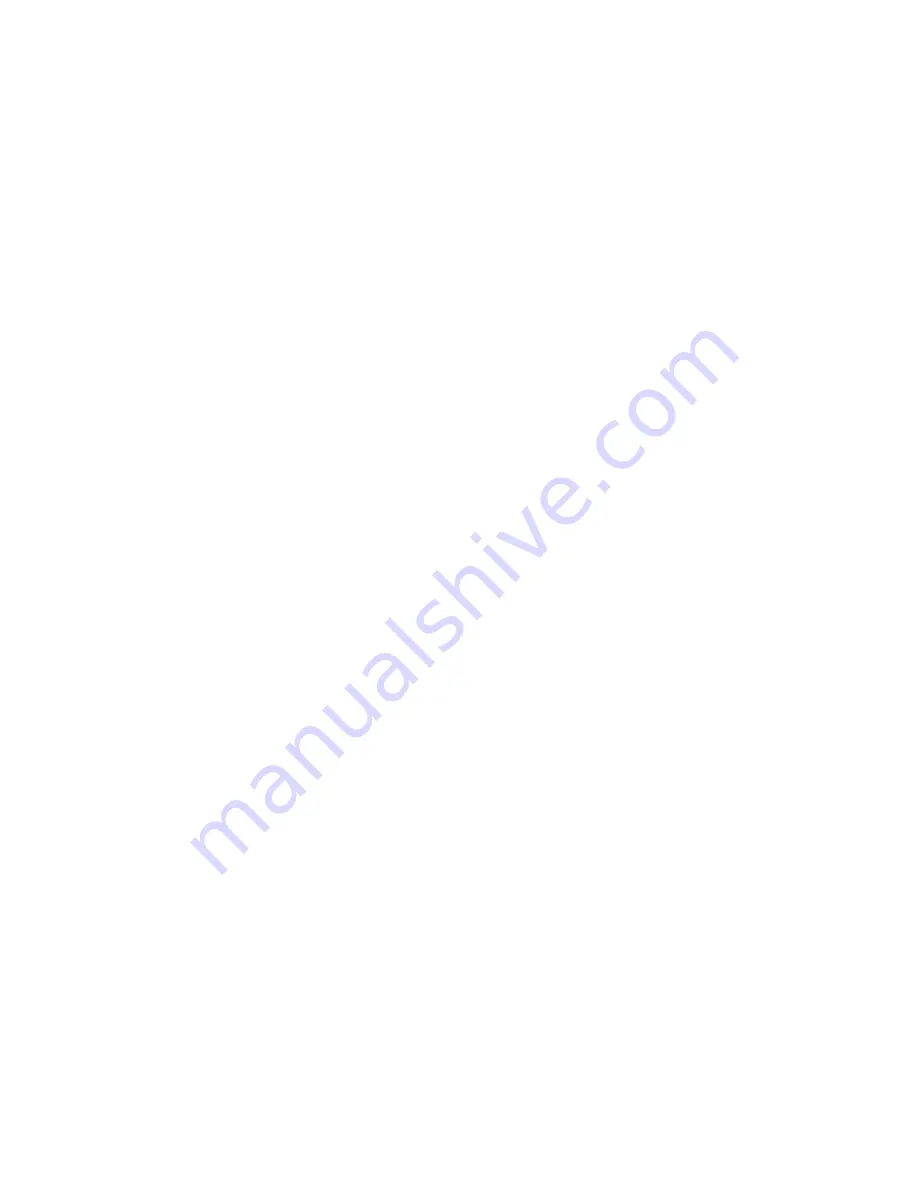
A WORD ON SOLDERING
There are 2 very different types of solder used in the kit. Most of the soldering uses
“Organic Flux” solder. This is strictly for use on the pc board, and is NOT to be used
on the front panel wiring!
In order for solder to “stick” to the copper, a chemical called “flux” is embedded in the
solder. The flux leaves a residue on the pc board that should be cleaned with warm water.
DO NOT USE SOAP OR OTHER CLEANSERS. Most of the parts in the kits are
“waterproof” and can be washed in the sink. The flux is OSHA approved for flushing down
the drain, so don’t worry about that! A soft brush is used to gently scrub the board. We
recommend a “fingernail brush”, which is about 1 x 2 and can be found for about $1.
The other type of solder is called “No-Clean Flux”;
because as the name implies, it does not
require washing. This solder is used for wiring the pots, switches, jacks, etc. This solder is
harder to use on the pc board because even when melted, it is not very fluid (about the
consistency of toothpaste). We will use it VERY SPARINGLY on the pc board.
OK, let’s get started on the board!
PART #1: SOLDERING THE RESISTORS
Find the MOTM-485 blank pc board. There is a copy (larger than actual size) of the
silkscreen which shows where the parts go at the end of this document. It will be
useful if you locate the part on the print first, put the part in the board, then “check
off” the silkscreen. All parts are inserted from the side of the board with the white
silkscreen (the “top” side).
We will stuff the resistors by value to make things easier. The resistors are inserted
on a 0.4-inch spacing (this is where the Mouser jig makes things nice and fast). The
important thing is to be sure that the part is sitting all the way down on the board.
Push the leads in the holes, push the part on the board, and then bend the leads on
the bottom outwards to a 45-degree angle (roughly!). This is called “cinching the
leads”: and keeps the part from falling out! From the bottom of the board, solder
(using the organic flux), applying heat to the pad for about a half second first, then
applying just enough solder to make a small puddle that looks like a tiny pyramid.
Enough solder should flow in the hole such that on the top (component) side, a small
amount is on the top pad as well
The rule of soldering: don’t use too much, you can always add more! Cut the leads
flush with the top of the solder joint with your diagonal cutters.
Locate the 100K 1% resistors (9) and solder into R1 to R6 (all near U1), R14 (by J3),
R28 (by Q7) and R35 (by VR3).
Locate the 4K7 resistors (5) and solder into R33 (by C6), R41-43 (by TP2) and R46
(by SW2A).
SYNTHESIS TECHNOLOGY
PAGE
5
MOTM-485 ASSEMBLY 8/11/05
WWW.SYNTHTECH.COM
Summary of Contents for MOTM-485 GX-1 Diode VCF
Page 19: ......


































